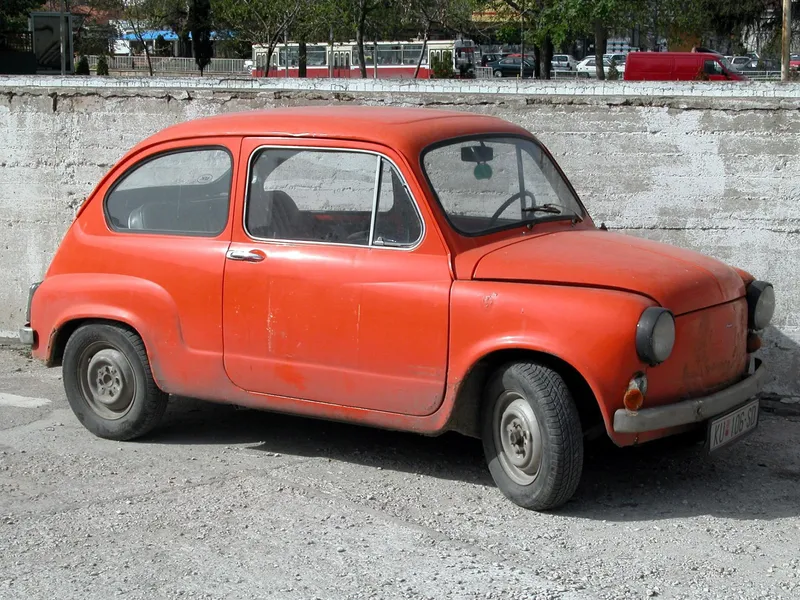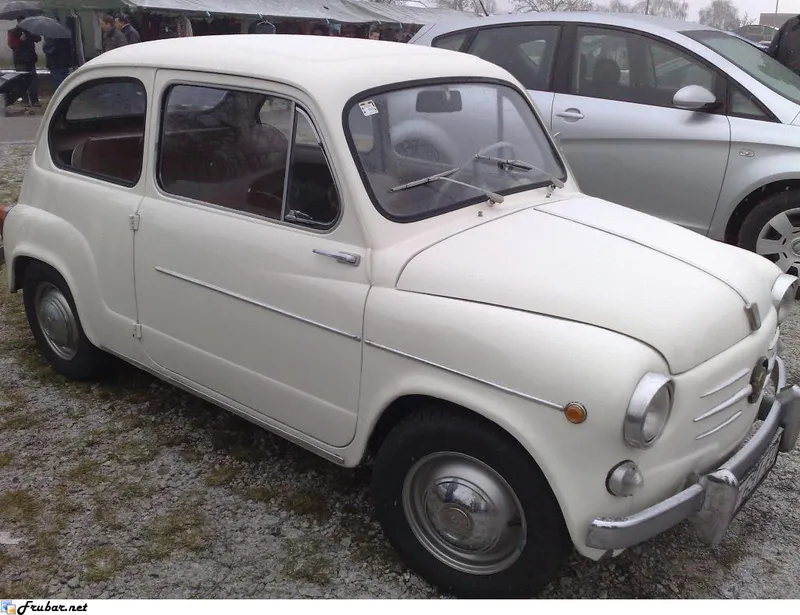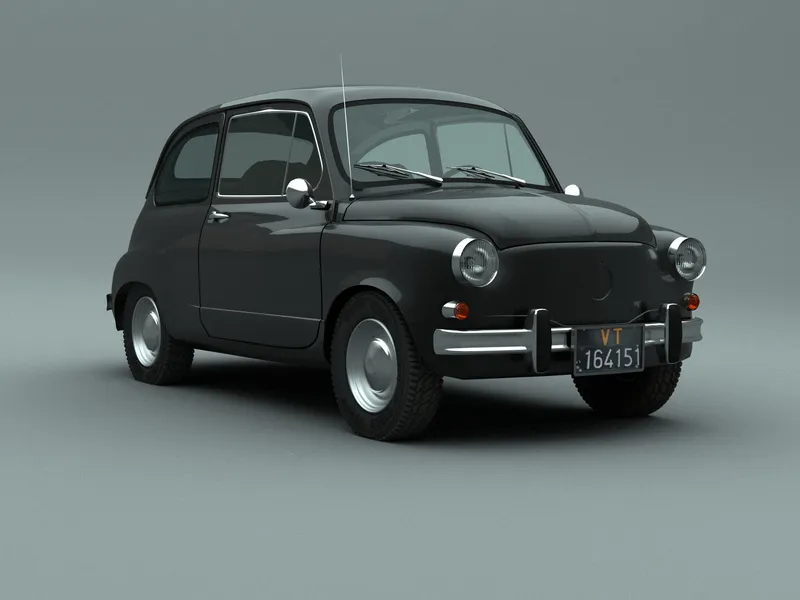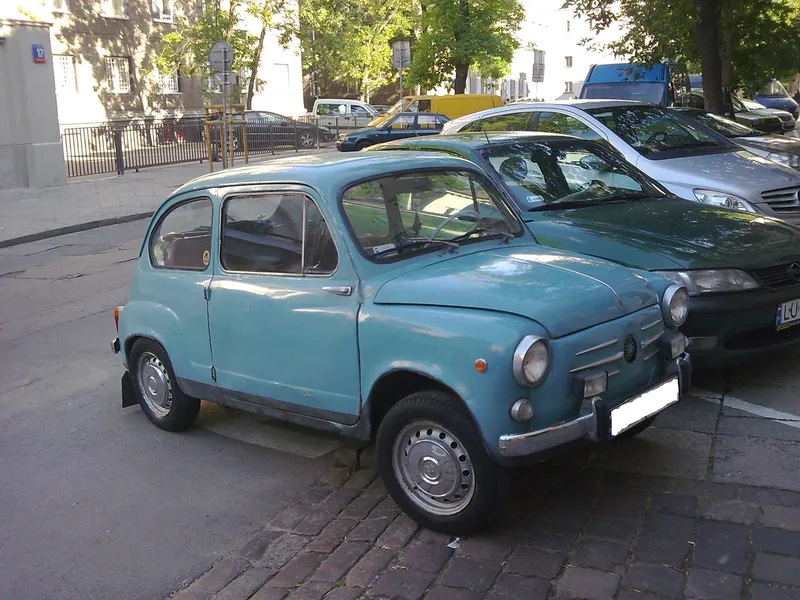
The Zastava 750s, also known as the Zastava 750 or the “Fićo,” is a compact car produced by the Yugoslavian manufacturer Zastava Automobiles. The car was manufactured from 1955 to 1985 and became one of the most iconic and popular vehicles in Yugoslavia and other Eastern European countries. Here are some details about the Zastava 750s:
Compact and Economical Design: The Zastava 750s had a small and compact design, making it ideal for navigating narrow city streets and tight parking spaces. It was a two-door, rear-engine car with a distinctive shape and a hatchback-style rear door. The compact size and lightweight construction contributed to its fuel efficiency and affordability.
Engine and Performance: The Zastava 750s was powered by an air-cooled, rear-mounted, four-cylinder engine with a displacement of 767 cc. The engine produced around 25 to 30 horsepower, providing sufficient power for city driving and moderate speeds on highways. The car had a top speed of approximately 100 km/h (62 mph), depending on the model and conditions.
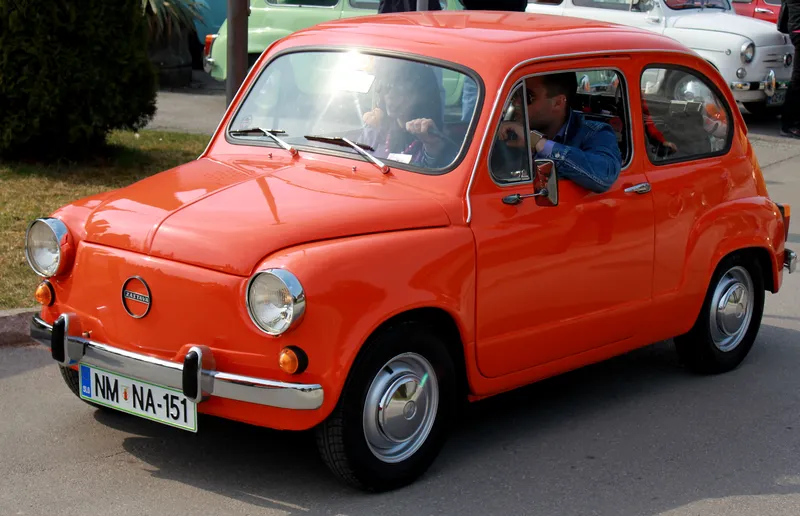
Affordability and Accessibility: The Zastava 750s was designed to be an affordable and accessible car for the masses. It was considered a “people’s car” and gained popularity due to its relatively low price compared to other cars on the market. The affordability of the Zastava 750s made it attainable for many individuals and families, contributing to its widespread use.
Simple and Practical Features: The interior of the Zastava 750s was basic and utilitarian, emphasizing simplicity and functionality. The car had seating for up to four occupants, with a straightforward dashboard layout and minimalistic controls. Despite its simplicity, the Zastava 750s offered a practical and comfortable driving experience for daily commuting.
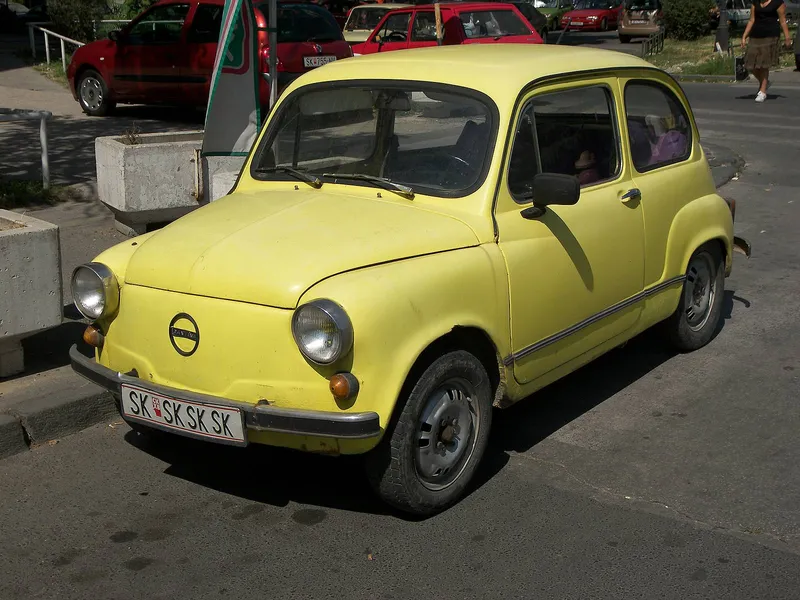
Popularity and Cultural Significance: The Zastava 750s became an iconic symbol of transportation in Yugoslavia and other Eastern European countries during its production years. It was widely used by individuals, families, and even taxi services. The car’s popularity stemmed from its affordability, reliability, and ease of maintenance. The Zastava 750s holds nostalgic value for many people who remember it as an integral part of their youth and the social fabric of the time.
Legacy and Collectibility: While the Zastava 750s is no longer in production, it remains a beloved classic car and a collectible item for automotive enthusiasts. Well-preserved examples of the Zastava 750s can be found at vintage car shows and in private collections, showcasing its historical and cultural significance.
